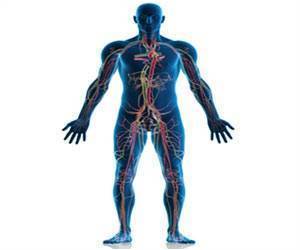Scientists have found a new mechanism for guiding the growth of nerves that involves cell-death machinery.

The Kidd lab is part of a $10 million Center for Biomedical Research Excellence Project in Cell Biology of Signaling at the University, which is funded by the National Institute of Health's Institute of General Medical Sciences. The project is also funded by the National Science Foundation.
"Flies are useful because the neural mechanisms we are studying are similar to those in mammals," said Gunnar Newquist, lead author of the Cell Reports article and a post-doctoral neuroscience researcher in Kidd's lab. "We've found something no one has seen before, that blocking the cell-death pathway can make nerves deprived of guidance cues figure out the right way to connect with other neurons. This was completely unexpected and novel, but really exciting because it changes the way we look at nerve growth."
"Neurons have a natural ability to die, if they fail to make the right connections they usually die. Neurons, like most other cell types, have the capacity to commit suicide and many do so during the formation of the nervous system."
The wiring of nervous systems is composed of axons, specialized extensions of neurons that transmit electrical impulses. During development axons navigate long distances to their targets by using signals in their environment. Netrin-B is one of those signals. Kidd, Newquist and colleagues have shown that Netrin-B also keeps neurons alive.
"Take away the Netrin-B and growth and cell death goes haywire," Newquist said.
Advertisement
"We use fruit fly genetics to study how these axons navigate these long distances correctly when developing," Kidd said. "Understanding the mechanisms they use to navigate is of great interest, not only for understanding how our brains form, but also as a starting point to devise ways to stimulate the re-growth of axons after injury, especially spinal cord injuries."
Advertisement
"I am very pleased to see Tom's and Gunnar's hard work come to fruition," said Chris von Bartheld, director of the University's cell-biology COBRE and a professor in the University of Nevada School of Medicine. "Linking axonal path finding and cell death signaling opens exciting new venues to better understand both topics. It also shows that our recently established center in cell biology is achieving its goals of producing top-level biomedical research."
The research featured in the Cell Report article is a major focus of Kidd's lab, which is one of five research projects in the COBRE. The center is a strong stimulus to integrate the University's research in cell biology, developmental biology, signaling and neuroscience and to develop collaborations between basic scientists and clinicians.
Source-Eurekalert











